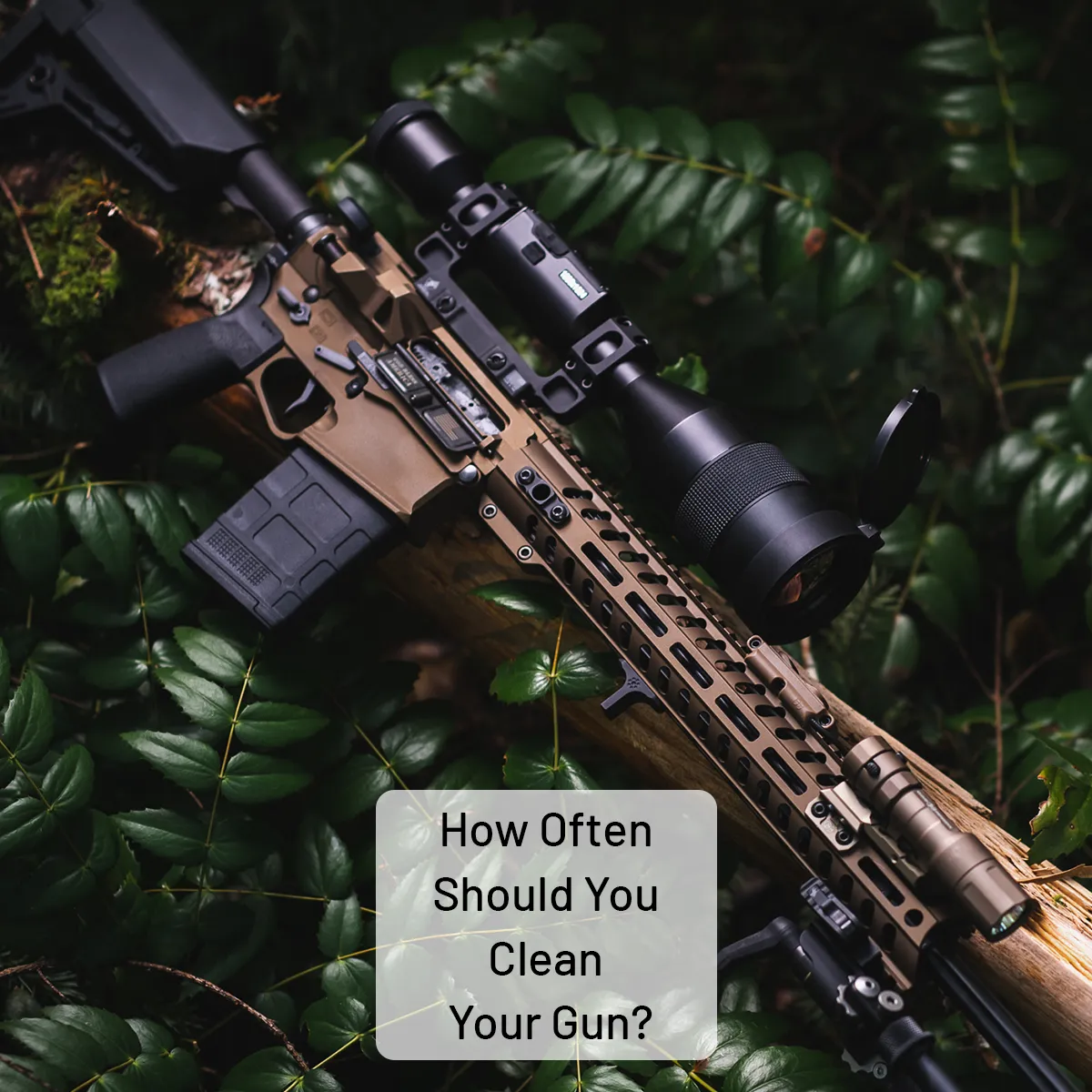How often should you clean your gun?
Guns are intricate machines needing regular care for safe, accurate shooting. But how often exactly should you clean your firearm? Frequency depends on use, ammo, and exposure to water or dirt. Follow these tips to keep your shooting irons in peak shape.

Clean Range & Defense Guns After Each Use
As a rule of thumb, give your gun a thorough scrubbing after every trip to the range. Defensive pistols not fired often still need occasional deep cleans - about once a month is ideal. Hunting rifles require less maintenance but warrant cleaning at the start and end of each season at minimum.
What Happens If You Don't Clean?
Neglect leads to two main issues - corrosion and residue buildup.
Corrosive ammo like military surplus leaves behind salts after firing. Mixing with moisture, these create rust seriously damaging your bore and action. Always clean corrosive ammo guns ASAP.
Proper maintenance and dry storage delays corrosion.
All ammo causes fouling - grime, gases, unburnt powder, and metal shavings. This gunk harms long term function, preventing proper firing. Fouling also breeds corrosion and rust. Don't risk malfunctions - make cleaning part of your routine.
Best Practices For Cleaning Guns
Use a quality cleaning kit after each range session. Always work in a safe, well-lit area. Confirm the gun is unloaded before starting. Follow the manual's guidance.
- Wipe down with a dry rag removing loose debris. Scrub hard-to-reach spots with a toothbrush.
- Clean the bore with a brush matching your caliber. Use a lead removing solvent for rimfires.
- Apply an appropriate solvent to break up fouling. Let it work then remove with patches.
- Lubricate all sliding parts and metal surfaces with gun oil. This prevents jams and helps operation.
- Store cleaned guns in a dry, airtight case away from moisture. Hard cases with foam provide the best protection.
How To Deep Clean Hunting Rifles
Before hunting season, thoroughly clean and inspect your rifle.
- Disassemble the bolt, trigger assembly, and other parts according to the manual.
- Scrub all components with solvent. A toothbrush excels at hard-to-reach areas.
- Rinse components or use dry patches to remove solvent residue.
- Closely inspect parts for cracks, wear or damage. Replace as needed.
- Lightly coat parts with oil before reassembly to prevent corrosion.
- Function test the trigger, safety, bolt, etc. Address any issues now, not later.
- Bore sight or test fire to confirm zero hasn't shifted after reassembly.
Proper cleaning keeps your firearm working flawlessly for years to come.






